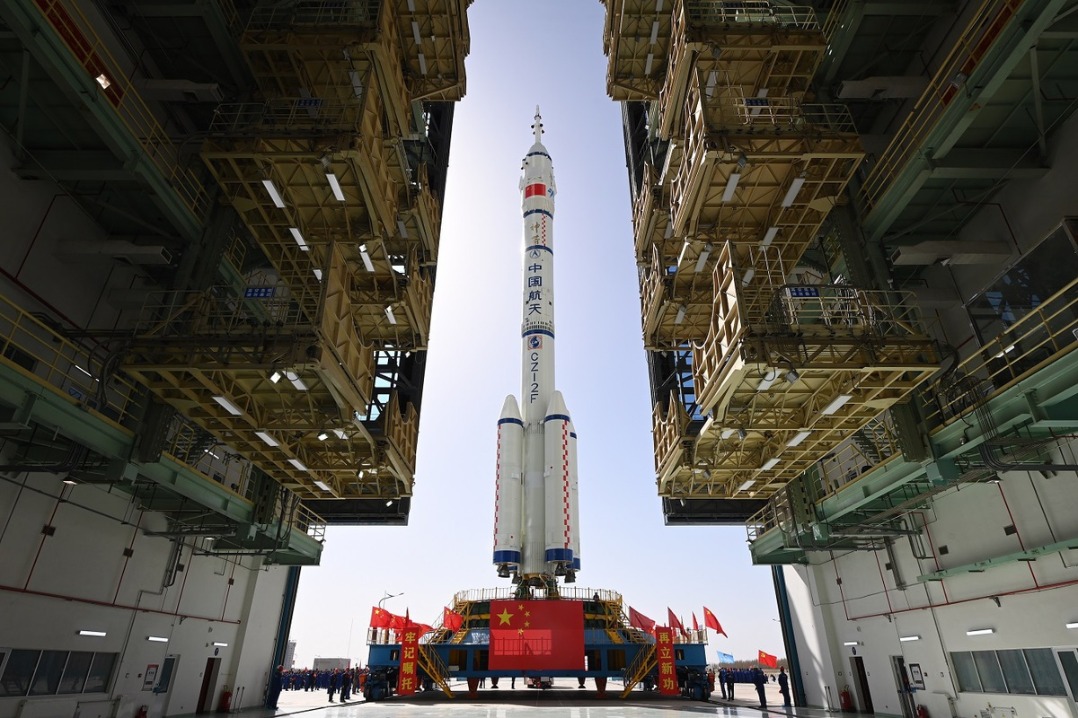Focus on production to avoid debt trap
China Daily | Updated: 2020-04-09 07:52

As the novel coronavirus pandemic intensifies around the world, posing a challenge to almost all economies, many countries have implemented or plan to implement a large-scale stimulus plan.
Japanese Prime Minister Shinzo Abe recently said the ruling Liberal Democratic Party has decided on a stimulus package worth 108 trillion Japanese yen ($992 billion), which is nearly 20 percent of Japan's GDP.
Japan has actually been implementing stimulus plans to revive the economy ever since its economic bubble burst in the early 1990s.
Several rounds of monetary and fiscal stimulation later, Japan's interest rate is below zero, making the international community give low growth, low inflation and low interest rate the moniker of "Japanification".
The United States Federal Reserve has once again cut interest rates to near zero, so as to try and stabilize the stock market and the financial system, and announced an unprecedented injection of unlimited liquidity into the market. Some European countries have turned to negative interest rates.
Quantitative easing does help in preventing the financial system from collapsing, but while freeing a country from low growth, it increases its debt and reliance on low-cost funding.
When the country wants to return its monetary policy to normal, it also threatens its debt-laden market system, raising financial uncertainty and prompting it to maintain low interest rate for a long time.
Experience shows that a country cannot escape the "Japanification" trap by relying on a fiscal policy; it should instead raise its productivity.
For developed economies like the US and European countries the only way to improve productivity is scientific and technological innovation.
In recent years, China has been reining in the growth of local government debt and overhauling its shadow banking, which, along with deleveraging, has helped China maintain financial security.
It has also been using supply-side structural reform to tap its potential economic growth space and trying to raise its production efficiency through scientific and technological innovation, and high-quality development.
In the wake of the outbreak, China has refrained from adopting a monetary stimulus policy, embarking instead on the road to improve production efficiency and quality of its development.
Developed countries' long time reliance on monetary policies has created a widening gap between the rich and the poor, giving rise to populism and limiting the space for reform.
In comparison, China's systemic top-level design for reforms can help it avoid committing Western countries' mistakes and move in the right direction.























